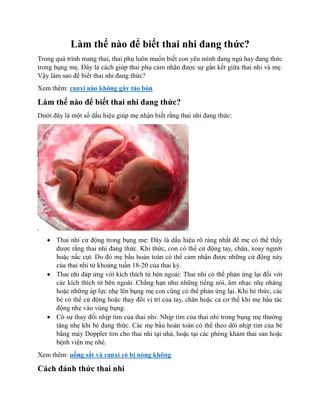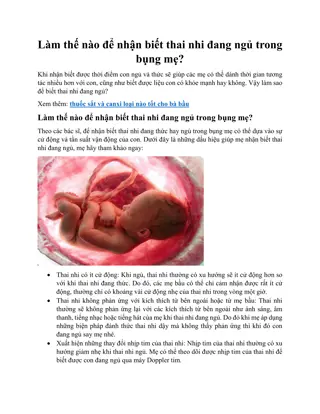Understanding the Elements of Society: Society, Community & Education
Society is a complex web of social relationships characterized by likeness, inter-dependence, and cooperation among individuals. It is not just a group of people but a system of organized associations and communication within a community. With elements like similarity, diversity, inter-dependence, and cooperation, society thrives on the connections and interactions among its members, illustrating the importance of relationships in shaping our social structures.
Download Presentation

Please find below an Image/Link to download the presentation.
The content on the website is provided AS IS for your information and personal use only. It may not be sold, licensed, or shared on other websites without obtaining consent from the author. Download presentation by click this link. If you encounter any issues during the download, it is possible that the publisher has removed the file from their server.
E N D
Presentation Transcript
Society, Community & Education
Society Meaning: It is derived from a Latin word, societus which means association and companionship. In Sociology, the term Society refers not a group of people but to the complex pattern of the norms of interaction that arise among them. MacIver has said that society is a web of social relationship.
Society Wright Society is not a group of people, it is the system of relationship that exists between the individual of the group. G.D.M. Cole Society is a complex of organized association and communication with a community.
Elements of Society Society means likeness. Society also implies difference. Inter-dependence. Co-operation.
Elements of Society Society means likeness: Is an essential pre-requisite of society. The sense of likeness was focused in early society on kinships that is real or supposed blood relationships. In modern societies the conditions of social likeness have broadened out in the principle of nationality or one world.
Elements of Society Society also implies difference: But the sense of likeness does not eliminate diversity or variation. Society also implies difference and it depends on the latter as much as on likeness of all people were exactly alike, their social relationships would become very much limited. They would contribute very little to one another.
Elements of Society Inter-dependence: Family, the first society with which we all are closely associated, is based on the biological inter-dependence of the sexes. None of the two sexes is complete by itself and, therefore, each seeks fulfillment by the aid of the other. This fact of inter-dependence is very much visible in the present world.
Elements of Society Co-operation: Without co-operation no society can exist. Unless people cooperate with each other, they cannot live a happy life. Family rests on co-operation. The members of the family cooperate with one another to live happy and joyfully.
Types of Society Sociologists have classified society into six categories. Hunting and Gathering society. Pastoral society. Horticultural society. Agricultural society. Industrial society. Post-Industrial society.
Community An area of social living. Whenever the members of any group, small or large, live together in such a way that they share, not this or that particular interest, but the basic conditions of a common life, we call that group a community.
Community Bogardus Community is a social group with some degree of we-feeling and living in given area. Ogburn and Nimkoff Community is the total organization of social life with an limited area. Lundberg Community is a human population living within a limited geographic area and carrying on a common inter-dependence life.
Element of Community Group of people Locality Community Sentiment Permanency Naturality Likeness Particular name
Element of Community Group of people: Whenever the individuals live together in such a way that they share the basic conditions of a common life , we call them forming a community. Locality: The group of people forms a community when it begins to reside in a definite locality. Community always occupies a territorial area.
Element of Community Community sentiment: Means a feeling of belonging together. It is we-feeling among the members. Permanency: Its not transitory like a crowd. It essentially includes a permanent life in a definite place. Naturality: Its not made or created by an act of will but are natural
Element of Community Likeness: There is a likeness in language, customs, mores etc. A particular name: Every community has some particular name. Eg; Punjab are called Punjabis
Types of Community Urban communities: Urban is a city. There is not very much open space. There are lots of people. People often take the bus, taxi or train. Their buildings are very tall.
Types of Community There are three types of Community. Sub-Urban Community: They are either part of a city or exist as a separate residential community within commuting distance of a city. It has more open spaces than urban. Houses, Apartments, Malls, Gardens. Rural Community: Country side, Empty space, Farms, Small stores. People either walk or use vehicles like tractors or tonga.
Difference between Society and Community Society Society is a web of social relationship. Community consisting of a group of a individual living in a particular area with some degree of feeling. Community always denotes a definite locality or geographic area. Community is a concrete community A definite geographic area is not an essential aspects of society. Society is a abstract. community Community sentiments or a sense of we-feeling may be present or may not be present in society. Society is a wider . There can be more than one community in a society. Community sentiment is an essential element of community. Community is smaller than society
Education In Arabic, Education is derived from the word ILM , which means How to know the reality? In Latin, Education is derived from the words Educare and Educere , which means to bring up, to train. Definition: It is the process of acquisition of knowledge, skills, values, belives and habbits.
Education According to Plato, education is the capacity to feel pleasure and pain at the right moment. According to Aristotle, Creation of a sound mind in a sound body. According to Imam Ghazali (R.H.), It is the development of the capacities of an adult of a society which enables him to control environment in order to fulfill his responsibilities.
Education Education is not fruitful unless and until it doesn t give you these five results. Awareness, Development, Management of resources, Vision, Progress.
Types of Education There are three types of Education. Formal Education: Intentional and class based provided by trained teachers. E.g., School, College, University. Informal Education: Unintentional and happens outside the classroom, in E.g., After-school programs, community based organizations, Museums, Libraries or at home.
Types of Education Non-formal Education: It includes various structured learning situations which do not either have the level of curriculum, syllabus, associated with formal learning but have more structure than that associated with informal learning . E.g., Adult education, Seminars, Community based sports programs etc.























